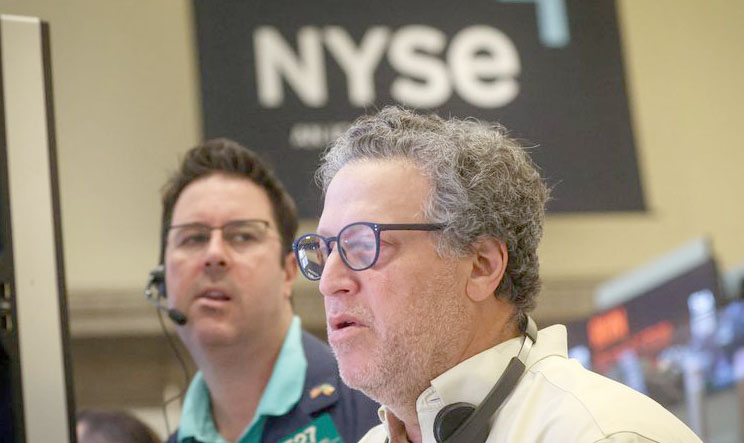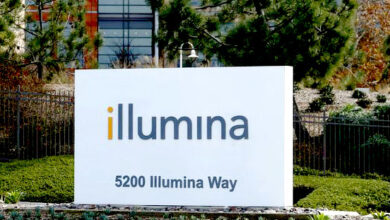Investors in US Stocks Rely on Earnings to Drive Rally Following Positive CPI Report

Investors in the US stock market are banking on earnings to give their rally a boost, following an optimistic CPI report. The latest inflation data, released on Wednesday, revealed that consumer prices in June rose at the slowest pace since March 2021. This news has raised hopes that the Federal Reserve will soon ease its monetary policy tightening measures.
Together with a strong job market, the favorable inflation figures have reinforced the belief among investors that the economy is entering a “Goldilocks scenario.” This scenario entails a balance of cooling inflation and steady growth, creating an ideal backdrop for the ongoing stock market rally. Year-to-date, the S&P 500 has surged by 16.5%, reaching its highest level since April 2022.
However, the upcoming earnings season, which kicks off in the coming days, may put this optimism to the test. The extended rally has led to historically high valuations for the S&P 500, increasing the pressure on companies to deliver solid financial results that can justify their stock prices.
According to Chuck Carlson, the CEO of Horizon Investment Services, “The market is going to be really earnings sensitive here throughout the next few weeks. You’re seeing higher valuations. With that rally, I think there has been an increase in expectations.”
Refinitiv Datastream reports that the S&P 500 is currently trading at a forward price-to-earnings ratio of 19.2 times, compared to its long-term average of 15.6.
Friday will see the release of several important earnings reports, including those from major banks and UnitedHealth Group (NYSE:UNH). Refinitiv data suggests that second-quarter earnings are expected to have declined by 6.4% compared to the same period last year.
Following the CPI report, stocks continued their rally, with the S&P 500 gaining 0.8% in afternoon trading. Meanwhile, Treasury yields, which move inversely to bond prices, fell as the cooler inflation data fueled hopes that the Federal Reserve’s rate hikes were coming to an end.
“It is very clear that the back of inflation is broken and it’s now showing up in the data,” commented Jamie Cox, managing partner at Harris Financial Group. “Markets are starting to come around to the conclusion that the rate hikes are behind us.”
However, some investors are still wary of Treasury yields. Wednesday’s decrease follows a steady rise in yields over the past few weeks, including a 60 basis point increase for the U.S. 10-year yield since early April.
Nevertheless, the recent rise in yields primarily stems from an improving economic outlook. If this environment is accompanied by stronger corporate forecasts, stocks are expected to benefit, according to investors.
King Lip, chief strategist at Baker Avenue Wealth Management, stated, “If company guidance is strong, then you could see the stock market continue higher. On the other hand, if the guidance and earnings growth outlook is less robust than the increase in rates, then you are probably, at least in the short term, topping out in stocks.”
Lip has been adjusting his portfolio by increasing positions in transportation stocks, which he believes will benefit from positive economic data. He has also reduced his holdings in large-cap tech companies due to rising valuations.
However, some investors believe that the consequences of the Federal Reserve’s 500 basis points rate hikes since early last year have not yet fully manifested in the economy, and a downturn could still be on the horizon.
Bryant VanCronkhite, senior equity portfolio manager at Allspring Global Investments, has taken a cautious approach by favoring stocks in defensive sectors of the market, such as consumer staples, rather than relying on economic growth.
“As we start to see companies’ reports, we will begin to get true data and evidence around which one of those camps is correct,” VanCronkhite added.
The upcoming earnings season will serve as a litmus test, providing insights into the true state of the economy and shedding light on the differing perspectives among investors.





